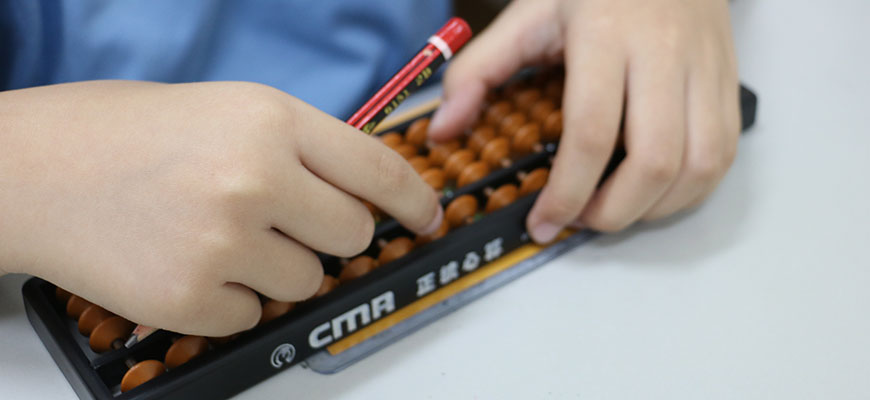The word 'abacus' is believed to have originated from the Greek words 'abax' and 'abakon', which means 'calculating table or tablet'. Early abaci (plural of abacus) were intended for counting large numbers and were immobile.
Contrary to popular belief, the earliest known calculating board was not a Chinese invention. Rather, it was devised by the Babylonians around 300 B.C., while the Chinese abacus we are familiar with today took after the Roman’s grooved abacus and was invented around 1300 A.D. The latter was seen as the precursor to computer and proved to be an efficient and accurate mathematical calculation tool.
Ancient Chinese abacus worked on a 2/5-system which had two beads on the upper deck and five on the lower deck. The beads were manipulated to perform arithmetic calculations such as addition, subtraction, division, multiplication, and finding square root. This was later introduced to Japan and Korea, and in 1930, the Japanese had it improvised and came up with a 1/4 abacus known as the soroban. The soroban, used in CMA's curriculum, works on a base-10 system and eventually gained popularity over the Chinese abacus.
CMA Stands for Classic Mental Arithmetic. CMA Mental Arithmetic is a method of mental calculation performed by visualising and internalising the image of abacus in the mind. It is based on the principles of abacus calculation. This exercise enhances a child's ability to do speedy mental calculation without the aid of any physical devices.
CMA uses two hands with four fingers approach simultaneously to stimulate left and right brain to process mental calculation. This process trains the child to use logical and creative mind to manipulate the virtual image of the abacus beads.

Join us to be a Certified Teacher at CMA